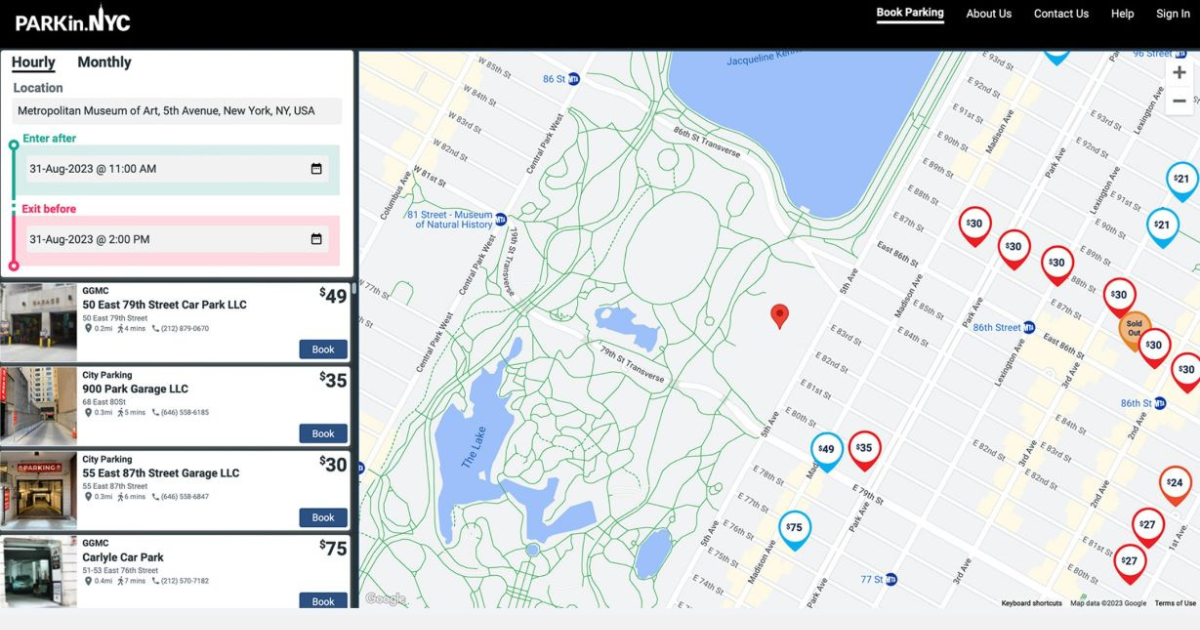WeWork is Revolutionizing the Way Businesses Think About Their Corporate Workplace

When we consider an office, we traditionally think of it as a physical space: a building or floor and the tables, chairs, filing cabinets, and other furniture that fill it; an office is an entirely physical entity rather than an interactive space. But with the rising popularity of space-management businesses like WeWork, the idea of the traditional corporate office is shifting away from real estate and facilities toward agility and experience.
So too, has the department responsible for workspace management changed. In the past, a facilities manager focused on the tangible items; now IT and human resource departments are involved in how space is serving a company and its workforce. Facilities managers will continue to manage the physical aspects in an office, while IT team members will build systems that keep all the company’s office-related data in one place and the human resource team monitors the data to better understand employee satisfaction.
When we talk about an office being agile and experiential, what we’re really talking about is the needs of your workforce. No two employees are the same, nor is one person the same on Monday as they are on Tuesday. Each day and each person pose new challenges for which a business must be equipped. This might include the option to work remotely or in a satellite office; it may also include a choice between a standing or sitting desk, couch or quiet room.
Be a Little Needy
Catering to every employee’s individual needs can seem exceedingly difficult and cost prohibitive—unless you have the data and technology to make it happen. The reason WeWork is such a popular place for individuals to work is their effective use of data and technology to create a fun, compelling experience. Every aspect of a person’s experience in their facilities is managed through an app; it begins when the individual enters, signaling that their membership is active that day. It continues on to track which desks and conference areas are popular among particular people or businesses; their frequency of use in both number of days and times of day; and how frequently they move between the different locations around the world.
It may feel invasive, knowing when and where an individual is sitting and how often, but this data allows companies using similar Space-as-a-Service models to improve users’ daily lives. But first, users need to feel empowered to make their own decisions.
The User as Master
It’s sometimes an awkward process for an employee to express their workspace needs—most people do not want to be perceived as the difficult employee. But not having what you need to work effectively and, perhaps worse, not knowing how to get what you need can sow dissatisfaction. This is why apps like the one used by WeWork is important to help a person curate their own work experience. The success of these platforms is driving many enterprises to prioritize delivering the same central but agile experience in their own corporate offices.
Whether you work in a co-working site or in your company’s office, employees have a strong desire to move around, find a conference room, or just huddle with fellow employees. However, the ability to find an open desk or conference room does not easily exist. Companies like Teem, SpaceIQ, and Robin are providing software and employee apps that put these capabilities into employees’ hands. You can reserve a spot for yourself in the moment or in advance, searching your screen for that day’s prime real estate, or to identify a free huddle room. This not only helps you have the best experience, but it lets your coworkers know where to contact you for assistance on a project. It also provides a central place for feedback and functional requests, such as replacing a lightbulb.
Data is Priority
How your users navigate your technology is important, but you need to do something with this data. The back end of these systems is crucial for facilities, human resources, and IT departments. It not only tells you how individuals are doing, but the company and space as a whole.
Because real estate and office sites are looked at as expense heavy, unavoidable resources, the data gathered from a Space-as-a-Service managed workplace platform allows you to get more from your investment—or determine what must change. The data users are providing gives you a picture of how frequently (or not) office areas are being used, and when. Whereas in the past, businesses may rent out (or let sit vacant) unused space—now they can transform it.
If the data shows that members of the marketing team prefer to work at communal tables or hold a lunchtime meeting every day, you can create more communal space to guarantee their daily satisfaction. Data might tell you about an overlooked design flaw, like putting a reading nook near the office’s entrance—leading to a distracting and, therefore under-utilized area. It also gives you a sense of how many of your employees like to work in a particular location (within the office or within a city). This will drive your future real estate decisions if you analyze the data.
The human resources team may see a pattern in employees that needs to be addressed or encouraged. Performance issues may arise based on where and how an employee is working; even the smallest details, like using a standing desk regularly, can help managers understand their teams better.
Evolution Never Ends
The modern workplace will never stagnate, nor do we suspect it’ll return to cubicles and corner offices. As much as individuals enjoy variety in their careers, moving between jobs faster than any other generation, they also enjoy variety in their work day. It is up to employers to make these options available for their teams—and learn from each user’s experience.
This Week’s Sponsor
Angus Systems is a leading provider of customer driven mobile and cloud-based work order and operations management solutions for commercial real estate. Our software supports over 2 billion square feet across North America in buildings from 20,000 to portfolios of more than 100 million square feet. Visit www.angus-systems.com to learn how we help our clients shine.
Read Next
 3/27/2025
3/27/2025
The Convergence of Edge Computing, Cloud, and AI in Building Automation and Smart Buildings In the built environment, we have seen the convergence of Operational Technology (OT) and Information Technology (IT), later expanding to include Workplace Technologies (WP).
 3/27/2025
3/27/2025
DC Power: A Holistic Approach to Energy Savings in Commercial Buildings In today's energy-conscious world, businesses constantly seek ways to reduce their carbon footprint and operational costs.
 3/13/2025
3/13/2025
How to Achieve Eco-Friendly Facility Management Commercial real estate operators and facility managers are focusing on sustainable practices to minimize environmental impact, create healthier workplaces, improve productivity and lower operational costs.
 1/23/2025
1/23/2025
When It Comes To Managing Properties’ Parking, Technology Is Key It’s easy for developers and real estate owners to think of parking as a necessary evil. They know they have to provide it (often, because it’s mandated by code), they understand that prospective tenants and buyers expect to be provided parking, but they haven’t figured out how to maximize its value.




.gif)





